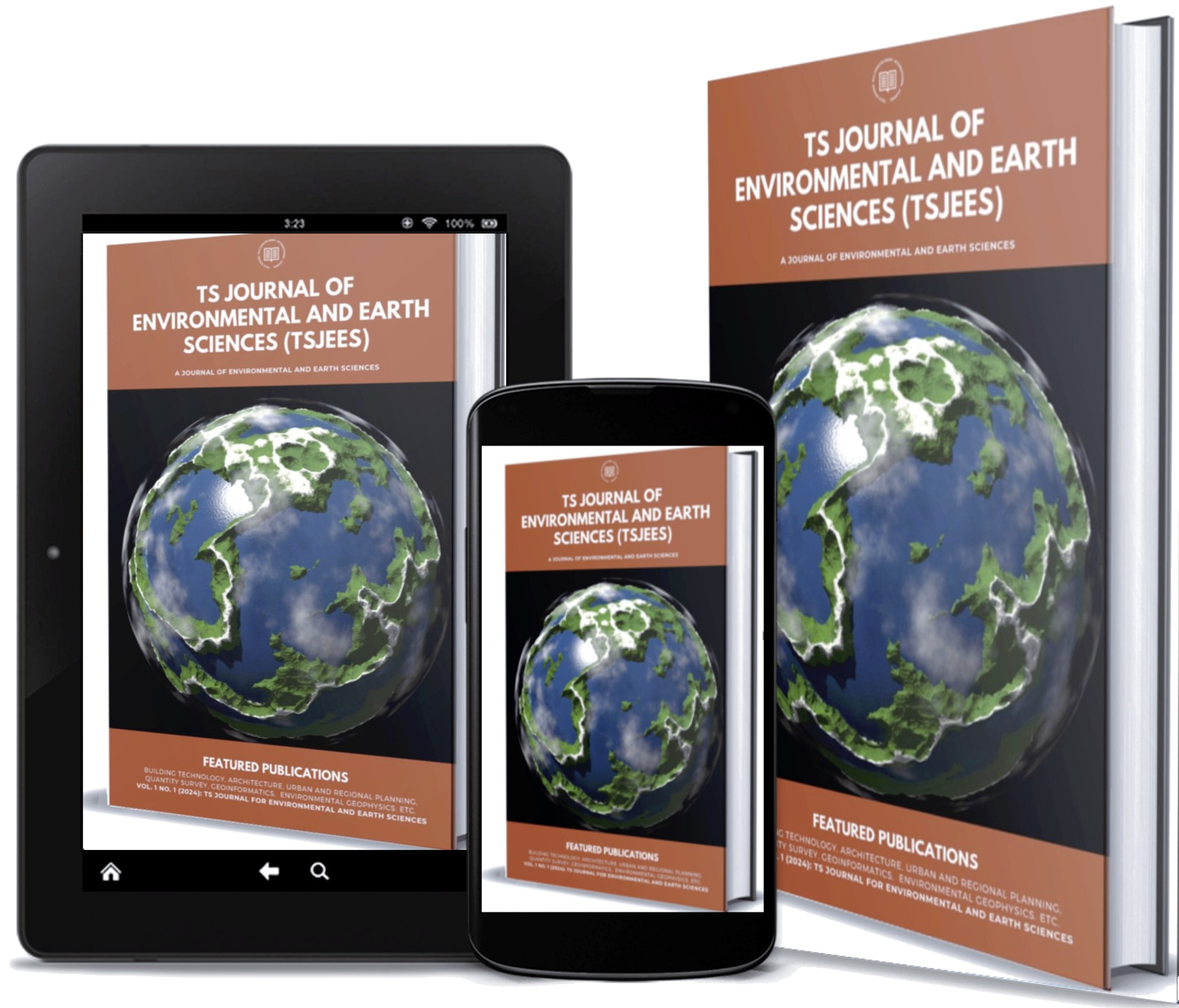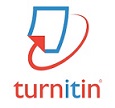Submissions
Submission Preparation Checklist
As part of the submission process, authors are required to check off their submission's compliance with all of the following items, and submissions may be returned to authors that do not adhere to these guidelines.- The submission has not been previously published, nor is it before another journal for consideration (or an explanation has been provided in Comments to the Editor).
- The submission file is in OpenOffice, Microsoft Word, or RTF document file format.
- Where available, URLs for the references have been provided.
- The text is single-spaced; uses a 12-point font; employs italics, rather than underlining (except with URL addresses); and all illustrations, figures, and tables are placed within the text at the appropriate points, rather than at the end.
- The text adheres to the stylistic and bibliographic requirements outlined in the Author Guidelines.
Research Article
This is the most common type of journal manuscript used to publish full reports of data from research. It may be called an Original Article, Research Article, Research, or just Article, depending on the journal. The Original Research format is suitable for many different fields and different types of studies. It includes full Introduction, Methods, Results, and Discussion sections.
Review Articles
Review Articles provide a comprehensive summary of research on a certain topic, and a perspective on the state of the field and where it is heading. They are often written by leaders in a particular discipline after invitation from the editors of a journal. Reviews are often widely read (for example, by researchers looking for a full introduction to a field) and highly cited. Reviews commonly cite approximately 100 primary research articles.
Descriptions of Research Methodology or Methods
These articles present a new experimental method, test or procedure. The method described may either be completely new, or may offer a better version of an existing method. The article should describe a demonstrable advance on what is currently available.
Short Reports or Letters
These papers communicate brief reports of data from original research that editors believe will be interesting to many researchers, and that will likely stimulate further research in the field. As they are relatively short the format is useful for scientists with results that are time sensitive (for example, those in highly competitive or quickly-changing disciplines). This format often has strict length limits, so some experimental details may not be published until the authors write a full Original Research manuscript. These papers are also sometimes called Brief communications.
Case Studies
These articles report specific instances of interesting phenomena. A goal of Case Studies is to make other researchers aware of the possibility that a specific phenomenon might occur. This type of study is often used in medicine to report the occurrence of previously unknown or emerging pathologies.
Emerging Issues
These are special issues that publishes emerging and cutting edge finding in the field of environmental sciences.
Copyright Notice
Copyright Notice for Tech-Sphere Journal for Environmental and Earth Sciences (TSJEES)
The Tech-Sphere Journal for Environmental and Earth Sciences (TSJEES) is an open-access journal that publishes high-quality research articles, reviews, and case studies in the field of environmental and earth sciences. The following copyright notice applies to all articles published in TSJEES:
- Copyright Ownership: The copyright for all articles published in TSJEES remains with the authors. By submitting their manuscript to TSJEES, authors grant the journal the right to publish their article under the Creative Commons Attribution 4.0 International License (CC BY 4.0).
- License Terms: The CC BY 4.0 license allows users to share, copy, and redistribute the article in any medium or format, and to adapt, remix, transform, and build upon the material for any purpose, even commercially, as long as appropriate credit is given to the original author and source. Users do not need to obtain permission from the author or publisher to use the article under the terms of the CC BY 4.0 license.
- Author Responsibilities: Authors are responsible for obtaining permission to use any copyrighted material in their manuscript, including figures, tables, and images. Authors should provide appropriate credit to the original source and include any necessary copyright statements in their manuscript.
- Publisher Responsibilities: TSJEES is committed to maintaining the highest standards of publication ethics and will take appropriate action in cases of copyright infringement or plagiarism. TSJEES reserves the right to remove any article from its website if it is found to violate copyright laws or ethical guidelines.
- Disclaimer: TSJEES is not responsible for any errors or omissions in the content of the articles published in the journal. The opinions expressed in the articles are those of the authors and do not necessarily reflect the views of TSJEES or its editors.
By submitting their manuscript to TSJEES, authors agree to the terms of this copyright notice and the Creative Commons Attribution 4.0 International License (CC BY 4.0). If you have any questions or concerns about copyright or licensing, please contact us at [insert contact information].
Privacy Statement
The names and email addresses entered in the TSJEES site will be used only for the stated purposes of this journal and will not be made available for any other purpose or to any other party. The data collected from registered and non-registered users of this journal falls within the scope of the standard functioning of peer-reviewed journals. The journal’s editorial team collects such information only insofar as is necessary or appropriate to fulfill the purpose of the visitor’s interaction with the journal. It includes information that makes communication possible for the editorial process; it is used to inform readers about the authorship and editing of content and it enables collecting aggregated data on readership behaviors. The data will not be sold by JPAS nor will it be used for purposes other than those stated here. The authors published in this journal are responsible for the human subject data that figures in the research reported here.
Users registered in any capacity with the journal can edit their personal data and notification settings by clicking View Profile in the upper right corner of the screen.




